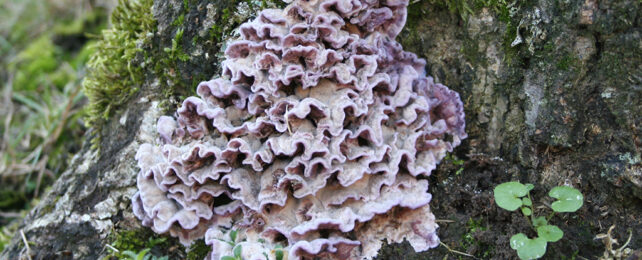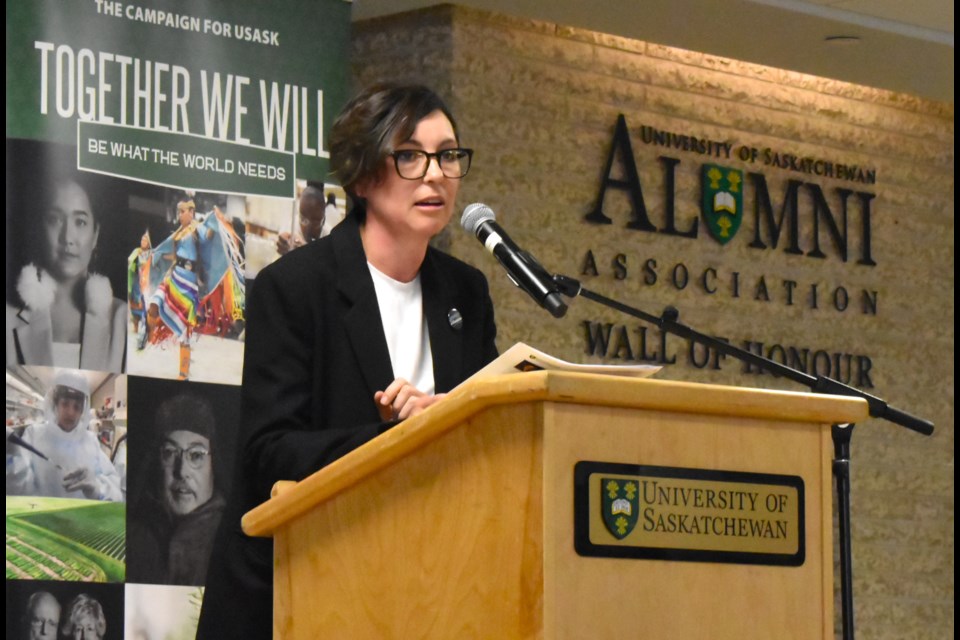Meg Sears (Bibliographer) Claims Neem Oil (TreeAzin) is extremely effective.
First Pesticide she recommends to the public.
Sean Barker (Arborist) Claims 4 years ago we had effective products. (4 years ago there was no Ontario Pesticide Ban)
Fertilizing City Trees improves overall treees health. TreeAzin needs to be reapplied every 2 years at $250 per injection
Full Registration of TreeAzin in Ontario coming soon.
Sears wants Millions Spent on (slightly effective) TreeAzin to save trees, for the environments sake.
Sears was instrumental in Banning Health Canada Approved, Effective (low cost) Pesticides in Ontario with her Mis Information.
Ask yourself why Ontario Banned, Health Canada Approved Pesticides are not being used and Millions upon Millions of dollars are being wasted finding the answer the Activists desperately search for.
NEEM OIL is not a Safe Pesticide. It is not registered for any other use in CANADA. Not for Lawns, Not for Gardens, Not for Leaf Shine as of 2013.
But Meg Sears and GreenPeace know better, wasting tax payers dollars and destroying businesses. Secret Evidence they only know of.
Neem Oil is Highly toxic to fish.
Although Joe Meating (person behind TreeAzin) claims TreeAzin is not neem oil, it is a product using azadirachtin from the oil of Neem seeds.
Laura Mueller
Aug 16, 2012 – 4:38 PM
Too little, too late?
Group worries that city’s extra emerald ash borer funding won’t be used in time

OTTAWA – A local group is urging the city – and fellow residents – to act now before it’s too late to protect ash trees from insect devastation.
The city recently pledged an additional $1 million to combat the emerald ash borer, a type of beetle that is killing trees across the city.
But that $1 million is going to go to waste if the city doesn’t act soon, according to the Greenspace Alliance.
The advocacy group is pushing the city to earmark at least 75 per cent of the new funding towards TreeAzin injections that can protect ash trees from the effects of the EAB for about two years.
That amount of money could save an additional 3,000 trees in Ottawa that would otherwise die and have to be chopped down.
However, injections must be done before Aug. 31 to be effective, according to Paul Bolan, vice president and operations manager at BioForest Technologies, the company that produces TreeAzin in Canada.
But since making the funding announcement on July 8, the city has been mum on what exactly it plans to do with the money, said Sol Shuster, chairman of the Greenbelt Alliance’s emerald ash borer working group, in a statement. The city has told the group it will announce plans for the money sometime in August, but that leads Shuster to worry the money will mostly be used to cut down and dispose of infected ash trees, instead of trying to save them before September.
City staff have the authority to decide how the money for the emerald ash borer strategy is spent, said city spokeswoman Nikki Eaton. But the city refused to provide any detail or breakdown of how the money is being spent, other than that the money allows for an “enhanced plan that includes additional measures.”
“There is currently no solid breakdown to provide,” Eaton wrote in an email. “The key is that staff doesn’t need to come back to the (environment) committee with a plan before they spend the additional funds. The extra money is going to be incorporated into the existing emerald ash borer strategy which includes both tree planting and tree injections.”
The city’s forestry department will present to environment committee and council at a later date, likely in the fall, to report how it spent the money, Eaton wrote.
There are 10 tree-care companies in Ottawa that can provide TreeAzin treatments and the city could still make an impact through treating trees if it adds more of those contractors to its approved list and sends them all to work in the last few weeks of August.
If it’s not done, thousands of city ash trees will be dead by spring, Shuster said.
Save a tree
Residents can step in to save a tree, too. The city is allowing citizens to pay for TreeAzin treatments for city-owned trees infected with the emerald ash borer. It costs about $250 per tree to treat with TreeAzin. That treatment is good for two years and experts believe that treatments can be discontinued after six to 10 years.
There are also other treatments on the horizon, such as introducing a small, stingless parasitoid wasp, or a fungal pathogen that can kill the emerald ash borer, according to Meg Sears, another member of the Greenbelt Alliance ash borer working group. Prolonging the lives of significant but infected ash trees could allow another treatment to be used once it is discovered.
Saving trees has many benefits, according to the Greenspace Alliance. Mature trees provide habitats for wildlife, improve air quality, provide cooling shade to reduce energy costs and boost property values.
The emerald ash borer was first observed in Ottawa in 2008 and poses a threat to 25 per cent of the city’s tree canopy.
The Greenspace Alliance has set up a website with information about the emerald ash borer at saveourashtrees.ca. There is also information on the city’s website, ottawa.ca, which can be found by searching for “emerald ash borer.”
http://www.yourottawaregion.com/news/news/article/1487231
![]()




